- Home
- Acne Scars
Acne Scar Treatment & Removal in Vancouver
What Causes Acne Scars?
There are many reasons acne and acne scarring can occur due to a myriad of reasons, including genetics, a loss of collagen, skin inflammation, clogged pores, allergic reactions, stress, and hormonal changes. While acne becomes prominent with the growth of bacteria, oils, and dead skin clogging your pores during puberty and adolescence, acne scarring occurs when your skin loses collagen with age.
Collagen plays an essential role in healing the skin, which is why when you’re young, it’s easier for a breakout to repair itself and not leave a lasting scar. However, acne is an inflammatory condition, and delaying treatment or interrupting the national healing process can result in scarring.
Types of Acne Scars
The most common types of acne scars include atrophic scars, which are depressed in the skin, and hypertrophic scars, which are raised on the skin.
Atrophic (Depressed) Acne Scars
When you have atrophic acne scars, you may have:
- The ice pick variety: a hole that’s wide at the top and narrows into the skin, commonly found on the forehead and cheeks.
- The rolling variety: indents with sloping edges that make the skin on the cheeks and jaw look uneven
- The boxcar variety: indents on the cheeks and jaws with sharper edges that go deep into the skin
Hypertrophic (Raised) Acne Scars
Hypertrophic acne scars appear as enlarged growths caused by too much scar tissue. Scar tissue lesions rise off the skin, caused when the skin region overgrows. These scars are often found on the chest, back, shoulder, and jaw – and can be itchy, painful, or tender to the touch.
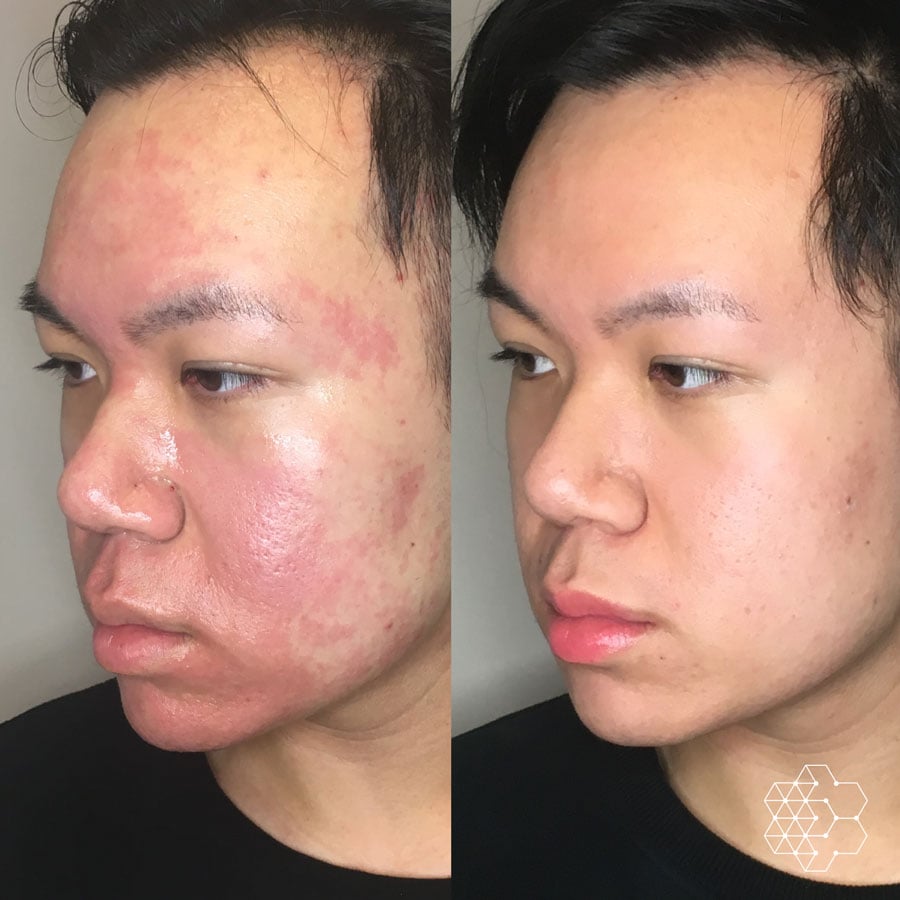
Acne Scar Solutions at Skin Technique
Microneedling
Microneedling involves inserting tiny needles into the skin around the acne scar to stimulate collagen production and quick healing. This method can reduce the appearance of atrophic acne scars by smoothing out the skin, and the recovery process is quick, with no downtime involved. Some minor side effects include redness, pain, and inflammation.
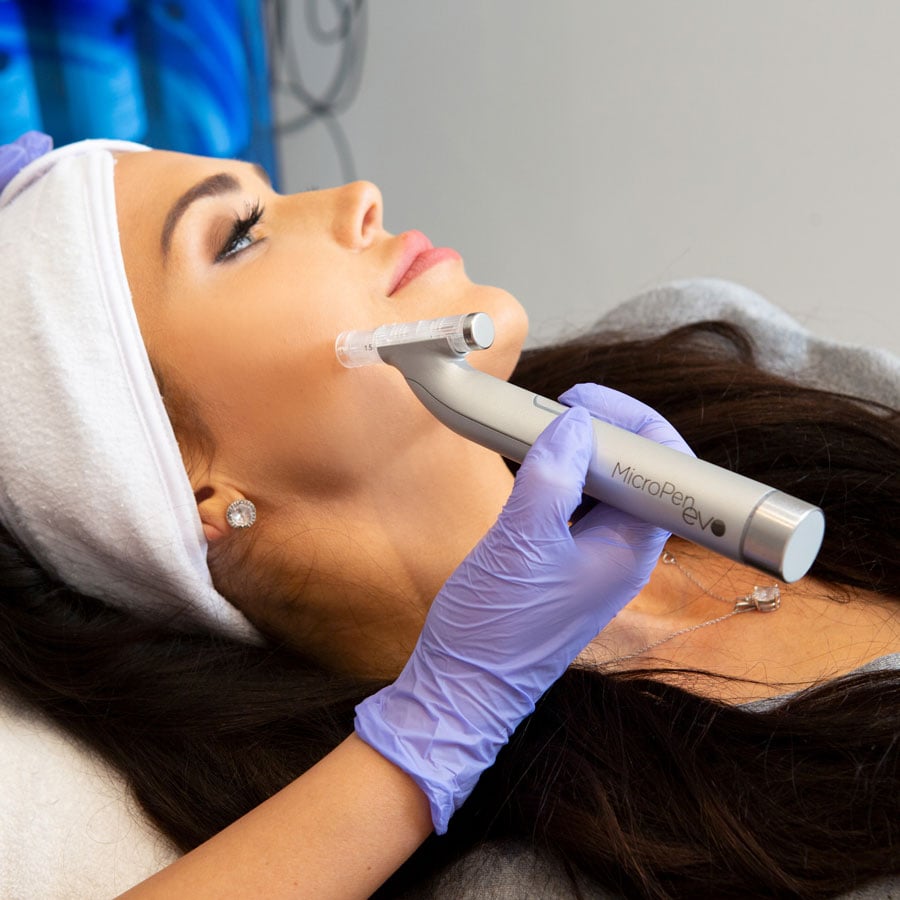
Chemical Peels
Chemical peels can vary in depth to unclog pores and reduce the appearance of acne scarring and fine lines. The Skin Technique team will recommend which peel suits your skin type, acne severity, and aesthetic goals. Your chemical peel will involve a solution being applied to the skin and then washed off after several minutes, allowing dead skin cells to shed and reveal rejuvenated, clear skin.
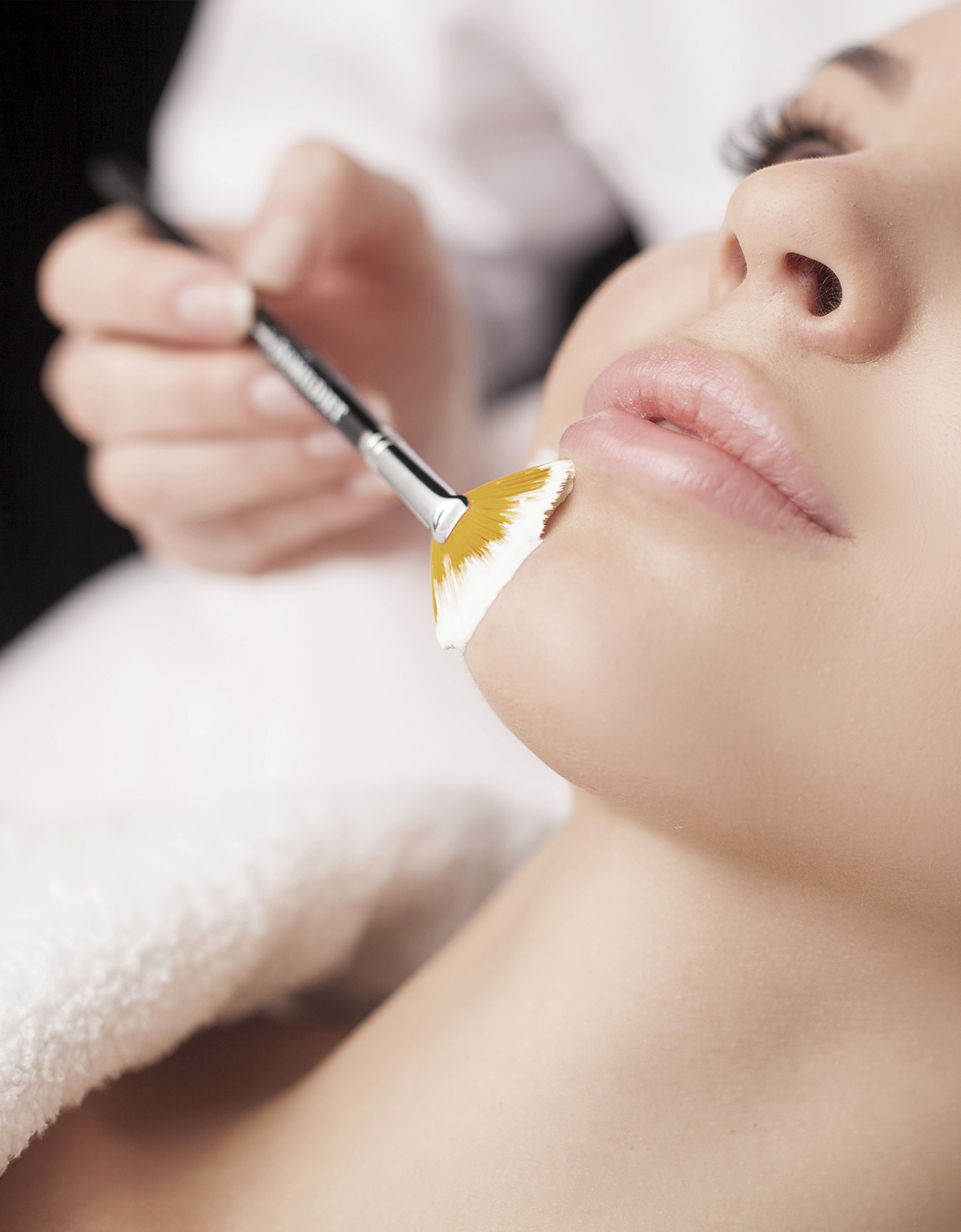
Dermal Fillers
Soft tissue fillers are injectable treatments that can treat rolling and boxcar scars to increase collagen production and fill in the depression of the acne scar to promote healing. You may need to repeat the treatment every few months, and the Skin Technique team will help you determine which filler and treatment plan is best for you.
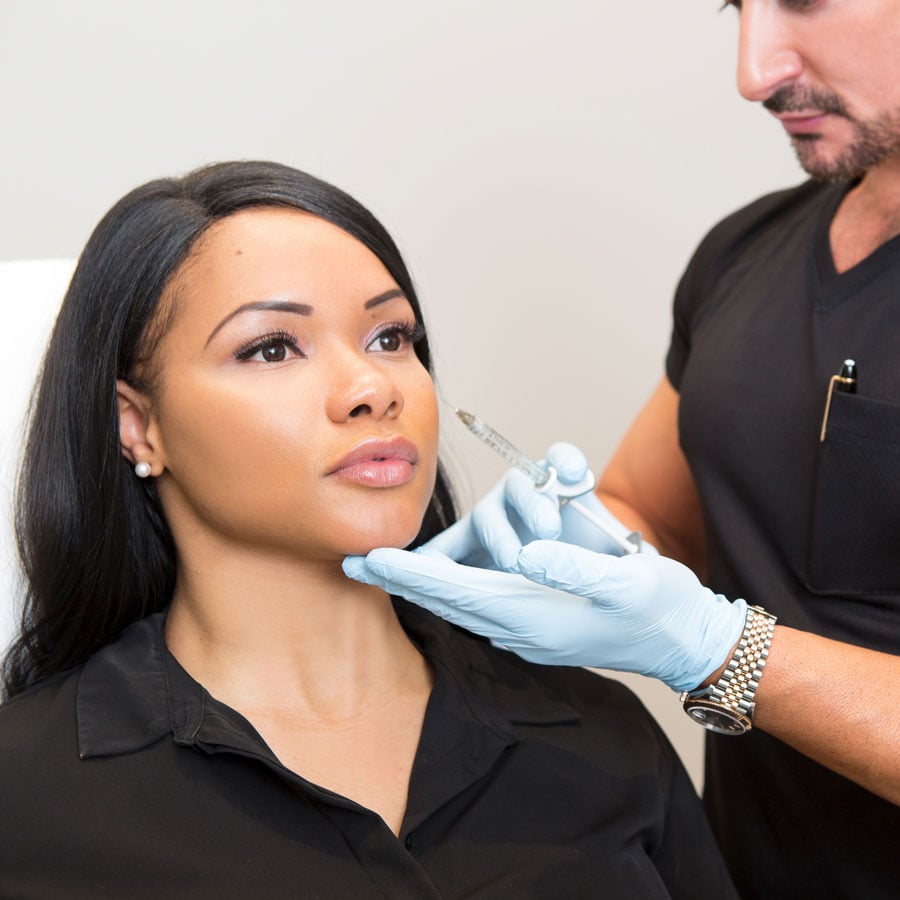
Platelet Rich Plasma (PRP) Therapy
Platelet Rich Plasma Therapy involves taking blood from your body, processing it in a centrifuge, and then injecting it into problem areas where your acne scarring requires cell growth and healing. Your skin will feel hydrated and plump by increasing the platelets in the areas of your face scarred by acne that cannot heal on their own.
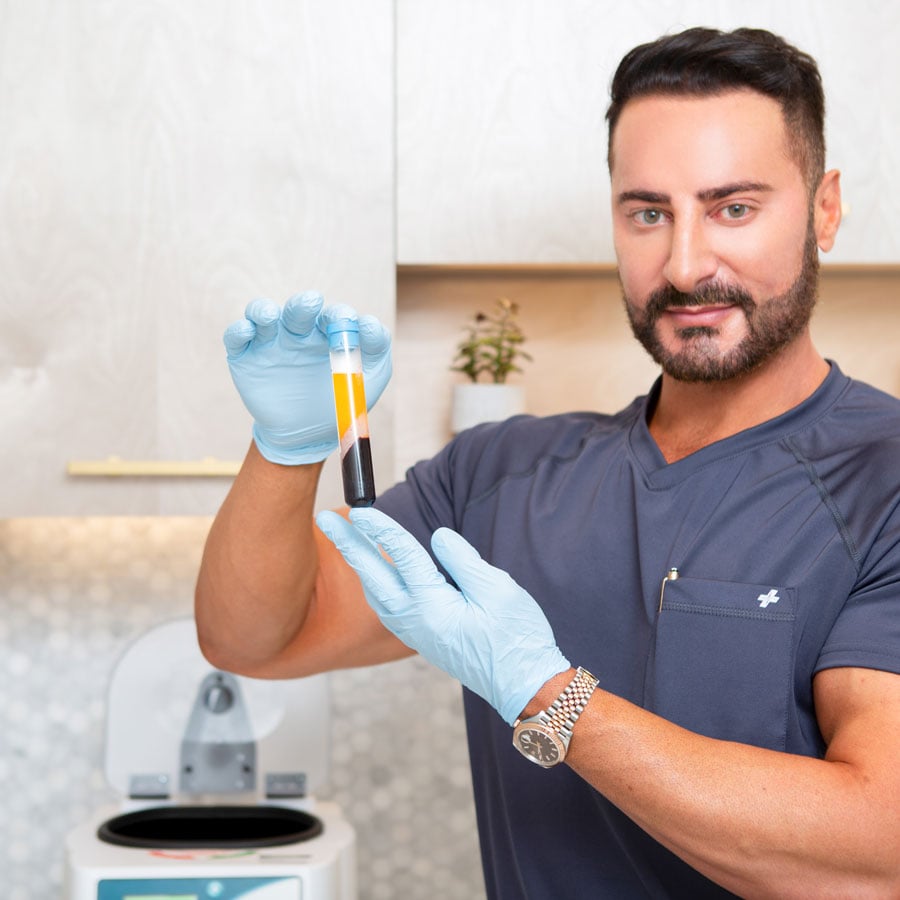
Laser Treatments
Laser treatments refresh the skin’s surface by removing the uppermost layer to reveal younger skin cells underneath, reducing the appearance of acne scarring. It can reduce the appearance of raised scars and uneven texture.
Laser treatments can be catered to your type of acne scarring and skin sensitivity, so the Skin Technique team will devise a laser treatment plan perfect for reducing the look of acne scarring in your areas of concern.
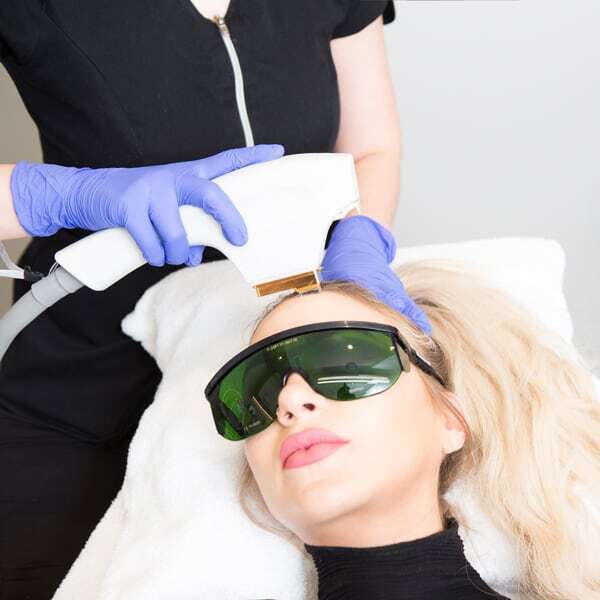
Skin Care for Acne Scars
Side Effects Associated with Acne Scar Treatments
Minor discomfort, redness, and itchiness can occur after most acne scar treatments, but this is extremely common and will subside after one day.
Questions to Ask During Your Skin Technique Consultation
Some great questions to ask the Skin Technique team during your acne scar treatment consultation include:
- Can I use makeup after my acne scar treatment?
- Which procedure is best for my concerns?
- Will my treatment hurt?
- Will I have any side effects following my treatment?
- How long will the recovery process take?
- Which preventative measures should I take to prevent future acne and acne scarring?
Acne Scars FAQ
How long until I see results from my acne scar treatment?
Advanced acne scars can take up to six months to fade post-treatment, while mild to moderate acne scars can only take up to six weeks to heal. Your treatment will affect your results and how long this takes, so consult with the Skin Technique team regarding any questions about your recovery and results.
Will active breakouts interfere with my acne scar treatment?
Yes, your skin should be blemish-free before your acne scar treatment. Medications and treatments for acne can also interfere with those used for scar healing. For this reason, the Skin Technique team will create a personalized skincare plan to help you clear any current acne so you can proceed with your treatment.
How do I reduce my risk of acne scars in the future?
It’s not always possible to prevent acne or scarring, but you can take measures to reduce the risk of acne scarring in the future. Avoid picking at, popping, or touching acne, partake in a healthy diet skincare regimen, and hydrate often.
Treat Your Acne Scars with Skin Technique
Face the future with glowing skin that reflects your health, confidence, and vitality. At Skin Technique, we are here to honour your beauty and work to revitalize your youthful skin through innovative medical aesthetics and skin care services. You can use several options alone or in combination to reduce the look of acne scars and rejuvenate your appearance and confidence.
Contact the Skin Technique team today to take the first step towards reducing the look of your acne scars.
Schedule a treatment or learn more by contacting us.
Subscribe
Sign up to get Exclusive Offers & Updates
I expressly consent to receiving exclusive news, promotions and opportunities for engagement from Skin Technique via electronic messages (eg. By email, SMS or other social media). I understand that I may withdraw my consent at any time from receiving any or all such electronic messages. Please Contact Us for more details.


